For the last 6 weeks, a class of year 5 children have been using their creative thinking as a tool to better understand and appreciate their local indigenous culture thanks to a Reconciliation Grant awarded by the Department of Indigenous Affairs and a clever little stool that goes by the name of SEAT.
Since 2010, Geographe Primary School has led an innovative reconciliation program in collaboration with Genevieve Forrest, a talented artist who is the school’s Aboriginal and Islander Education Officer.
“Genevieve’s role has included the vital role of collaborating with our local Noongar community and elders, guiding our project so we are respectful, aware of protocols and able to include local Noongar language,” explains Ana Nail, primary visual arts teacher at Geographe PS.
With a shared focus on literacy through language and visual storytelling, Nail saw a great connection between the school’s approach and the S.E.A.T Project, a Hands That Shape Humanity initiative. “I had read about the S.E.A.T Project and was immediately interested in using it for our school,” explains Nail.
“Working with Genevieve has been wonderful. Over the months, Genevieve’s perspective coupled with her relationship and understanding with local elders guided our development of combining the elements of creative thinking, literacy, values, respect, sustainability, reconciliation and visual arts all into a ‘seamless’ educational program for our students.”
With an emphasis on creating a values-rich context, the program focused on the idea of the ‘Butterfly Effect’ and the notion that every action, no matter how small it seems, can have a big impact. “Children are naturally aware of their own world but can feel overwhelmed by the limits of their actions. Using the S.E.A.T Project helped them ‘see’ another part of this world and understand that even small things can make a big difference.”
It is close to home that Nail was able to observe the first flutters of the project’s butterfly effect. “Because the stool is an object without words or explanations, the illustrations spark people’s curiosity: They ask questions, their eyes light up or their heads tilt as they are interested in all the facets that one stool can encapsulate – charity, sustainability, creativity and making a difference.”
The ability to tell stories “without words or explanations” isn’t as simple as it sounds and is something that needs to be taught. In order to give a strong direction to their S.E.A.T Project education program, the school partnered with the Fremantle Literature Centre for a one-day workshop to enhance students understanding of the importance of image and narrative structure in picture books, giving the students the tools to generate their own ideas and think about the images which might become the final product for the S.E.A.T Project, using each stool as one page of the story.
“The S.E.A.T Project was great, I really enjoyed having Sarah from the Literacy centre help us learn how to tell a picture story. The next step was to design a story to paint. Our story is about a djitti who takes away a toddler from its family and leads it to water which is danger. I loved painting the stools, we learned new skills and we know that we have helped people in Vietnam,” shares Oceana, a student from the school.
The project is currently in its final stages and while the experiment is wrapping up for this year, this feels more like a beginning than an end for this regional school 3 hours south of Perth. The project has already sparked the interest of the other teachers and students and achieved several goals, from extending the children’s literacy skills, enhancing their ability to work cooperatively to watching the butterfly effect begin and fostering reconciliation with our nation’s original heritage.
Jaxon, another student from the school says, “I like the S.E.A.T Project as it raises awareness about things we need to care about. It’s about literacy, teamwork, creativity and communities sharing… Kids having fun as well. Being aware of reconciliation is important. I also liked the S.E.A.T Project because it really gives you an idea of how a story can be told.”
The S.E.A.T Project can represent many things to many people but one thing is certain at Geographe Primary School, reconciliation isn’t giving up its front SEAT anytime soon.
You can learn more about the S.E.A.T Project’s Education Program here
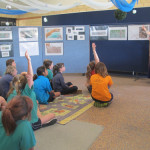
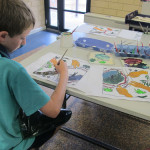
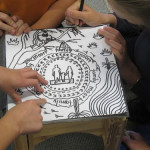
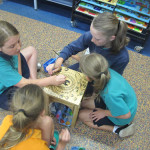

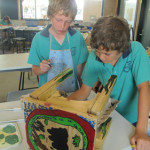
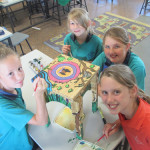
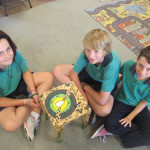
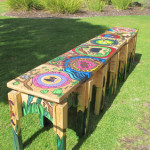
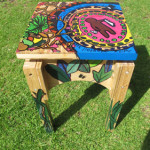
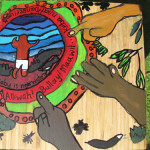
Leave a Reply
You must be logged in to post a comment.